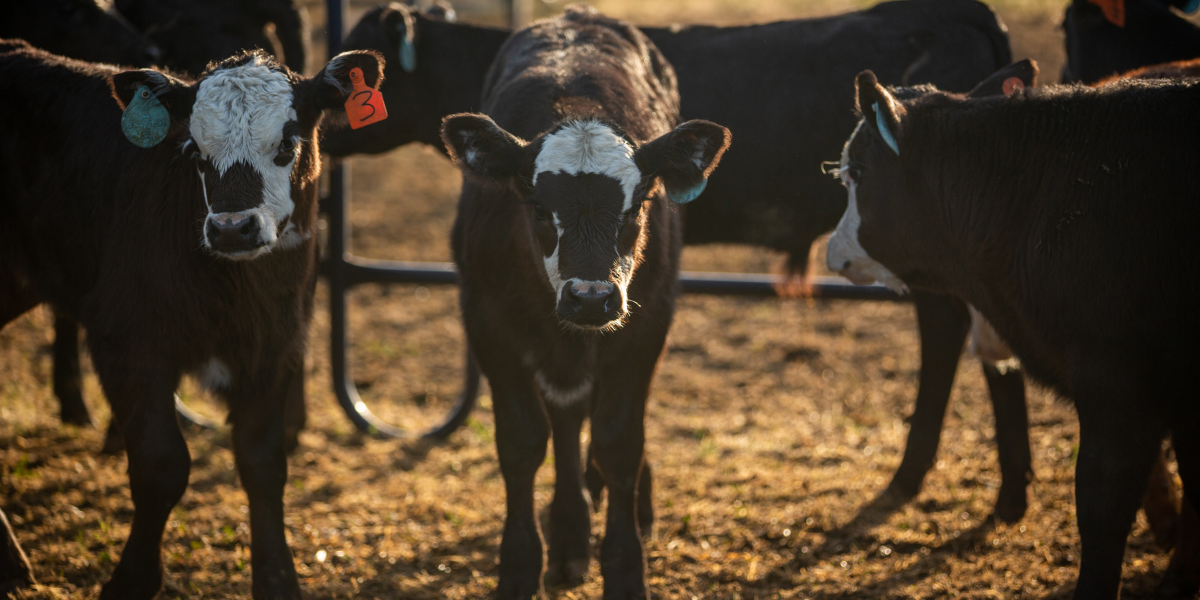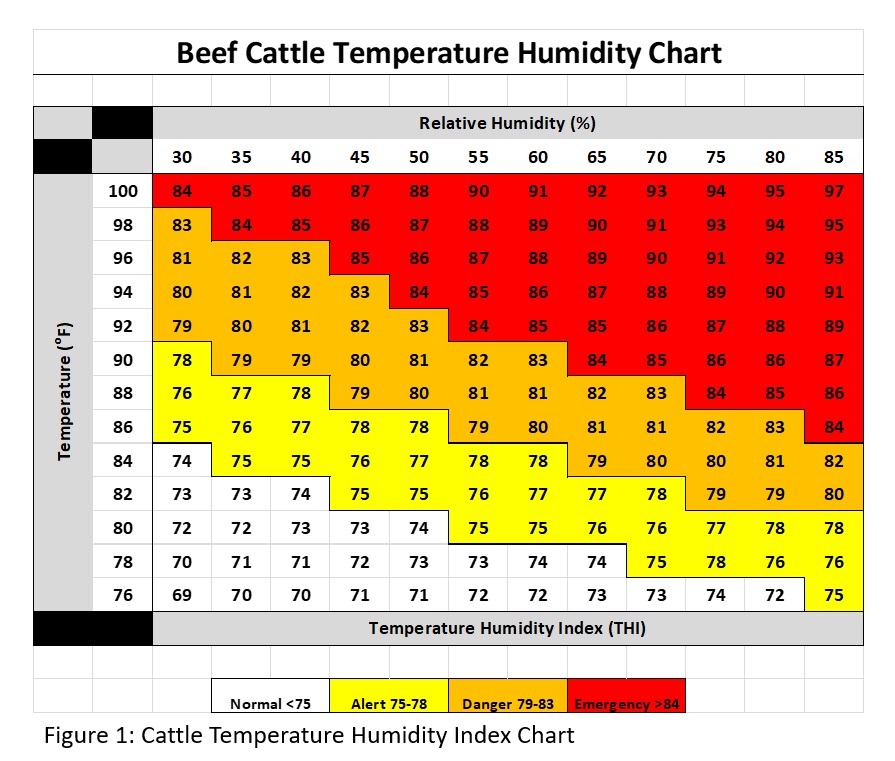
7.11.22
Bringing The Heat: Livestock Handling in Heat and Drought
Author: Dr. Tera Barnhardt, DVM, MS
Temperatures are rising as we are settling into the bowels of summer. For many livestock producers, adapting to a period of drought that may seem like it’s more of a permanent fixture has brought challenges to their operations. Some important tools come to mind when I am evaluating a herd that is subject to drought or periods of heat stress.
Culling practices, early weaning, supplementation strategies, and cattle handling ensure you and your herd are prepared for the heat waves of summer.
Culling Practices
I want to bring up the hardest part of the conversation first. Deciding to cull your herd either wholly or partially is heartbreaking. It can be difficult, but strategically it can be your most profitable decision:
- Evaluate earning potential of your females and bulls.
- Make the most of your grass resources by only having profitable animals on the ranch.
- Cull at advantageous times in the market, and you’ll realize a better return on these animals.
Early Weaning
Lactating cows require a higher plain of nutrition than non-lactating. They also need a lot more drinking water. Provide creep feeders for your calves prior to weaning to help ease the transition in their diet. Weaning calves before 90 days of age should be discussed with your local veterinarian to ensure that your calves will be healthy and productive.
Encourage Movement when Supplementing
Cattle are incredible creatures of habit. Study how your herd grazes your available pasture land and have a plan for managing that movement during times of drought. The decision to supplement your cow herd during typical grazing months is usually expensive. Utilize hay rings to prevent waste, and move those hay rings around the available pasture to encourage utilization of the entire pasture.
Low-Stress Cattle Handling
Any time a herd needs to be worked or moved, it is essential to employ low-stress cattle handling techniques. These techniques are even more important to pay attention to during times of heat stress and drought. Metabolically, your cattle are stressed; you can’t add to that if you need to handle them.
- Ensure you are handling cattle or moving them in the mornings after a cool night.
- Utilize safe working facilities to handle cattle efficiently and with the least amount of stress.
- Transport your cattle during the mornings and load trailers with minimal noise and persuaders.
Weather Watcher
Become diligent about watching the weather forecast and planning heat stress. Cattle are extremely able to adapt to heat, but it is essential that you are mindful of thermal heat load. For example, if the night temperature gets 30-40 degrees cooler than the high temperature for the day, cattle can dissipate heat and not carry a thermal heat load to the next day.
However, if the temperature is high, humidity is high, and wind speed is low, you need to be acutely aware of impending heat stress. Therefore, do not move or work cattle during periods of high heat index. Instead, provide bedding material, straw or corn stalks, for cattle to nest in; provide shade; provide ample water sources, and do not wet cattle unless you have a source of mechanical ventilation – wind or fans.

Meet Dr. Tera Barnhardt
Dr. Tera Barnhardt is a consulting veterinarian with a master’s in Science (from Kansas State University – GO CATS!) who specializes in animal welfare and research for feedyards, dairies, and cow-calf operations.
A busy mother of three and small business owner, Dr. B. is passionate about educating others in the beef and livestock industry about animal health and taking an active role in her community.
Follow Dr. B on LinkedIn, Twitter, or Instagram to keep up with the latest news & information about #beef and so much more!
